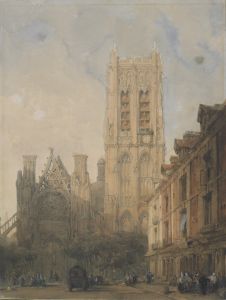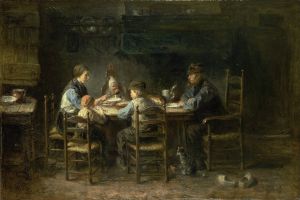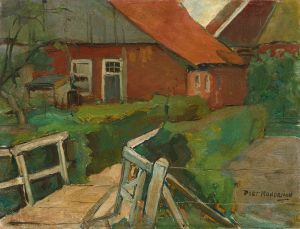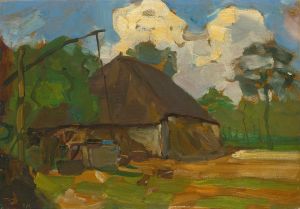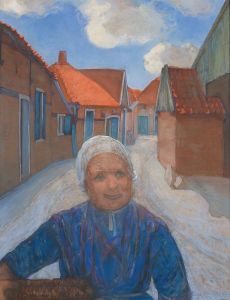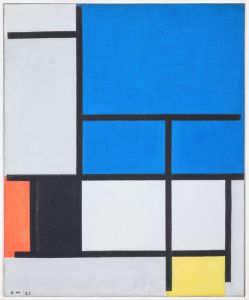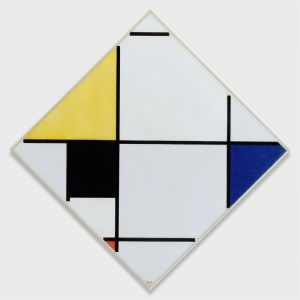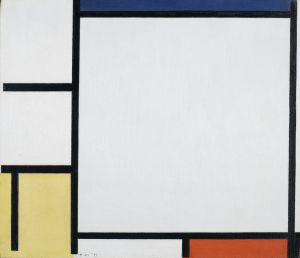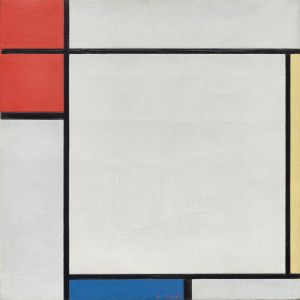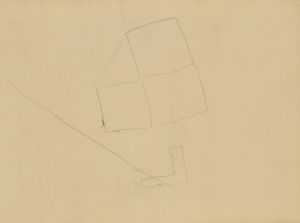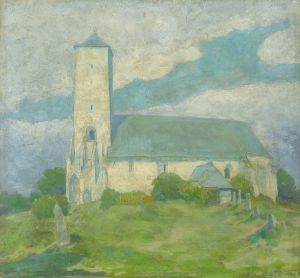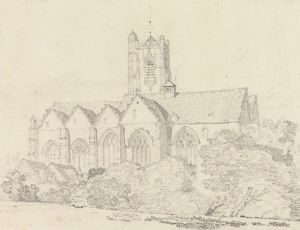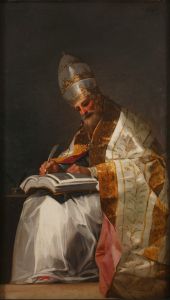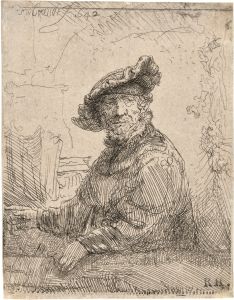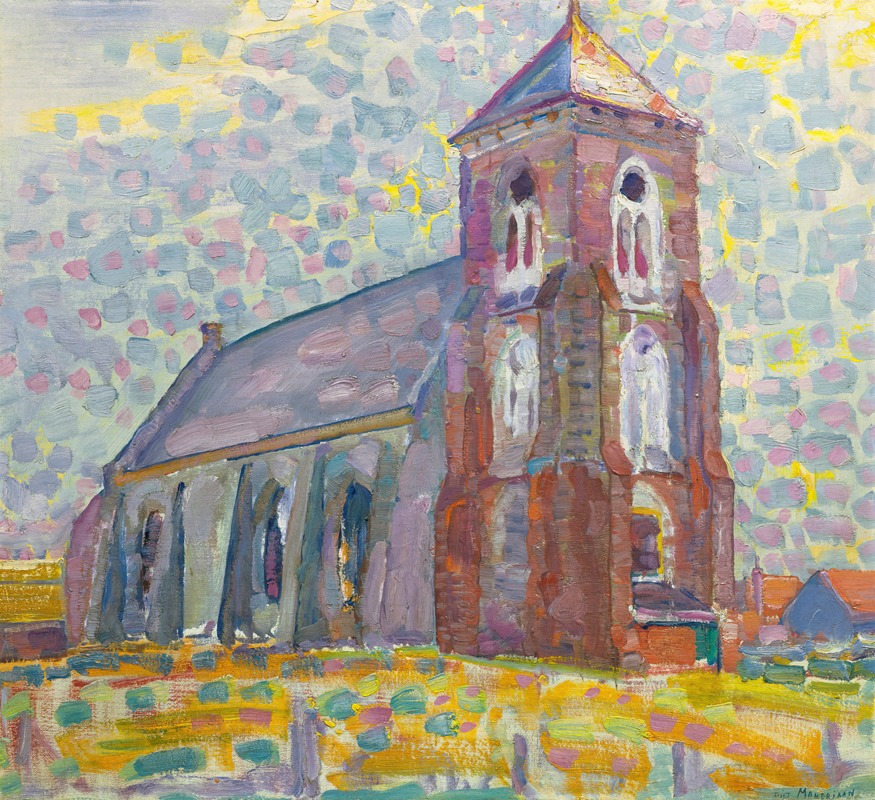
Church In Zoutelande
A hand-painted replica of Piet Mondrian’s masterpiece Church In Zoutelande, meticulously crafted by professional artists to capture the true essence of the original. Each piece is created with museum-quality canvas and rare mineral pigments, carefully painted by experienced artists with delicate brushstrokes and rich, layered colors to perfectly recreate the texture of the original artwork. Unlike machine-printed reproductions, this hand-painted version brings the painting to life, infused with the artist’s emotions and skill in every stroke. Whether for personal collection or home decoration, it instantly elevates the artistic atmosphere of any space.
Piet Mondrian, a Dutch painter renowned for his contribution to the De Stijl art movement, is best known for his abstract works featuring geometric forms and primary colors. However, before Mondrian fully embraced abstraction, he produced a number of representational works that reflected his early artistic development. One such work is "Church in Zoutelande," which provides insight into Mondrian's evolving style and interests during the early stages of his career.
"Church in Zoutelande" was painted in 1909, a period when Mondrian was still exploring various artistic styles and influences. This painting is part of his early body of work that often depicted landscapes and architectural subjects, reflecting his interest in capturing the essence of the Dutch countryside and its structures. Zoutelande is a village located in the province of Zeeland in the Netherlands, known for its picturesque landscapes and serene environment. The church depicted in this painting is a central feature of the village, and Mondrian's choice to paint it highlights his connection to his Dutch roots and the traditional subjects that were prevalent in his early work.
In "Church in Zoutelande," Mondrian employs a more naturalistic style compared to his later abstract compositions. The painting showcases his skill in capturing light and shadow, as well as his attention to detail in rendering the architectural features of the church. The use of color in this work is more subdued and realistic, with earthy tones that reflect the natural surroundings of the church. This approach is indicative of Mondrian's interest in the The Hague School and the Amsterdam Impressionists, both of which influenced his early artistic development.
During this period, Mondrian was also exploring theosophy, a spiritual movement that sought to understand the divine and the universe through a synthesis of religion, philosophy, and science. This exploration of spirituality began to influence his artistic vision, leading him to seek a deeper understanding of form and color. Although "Church in Zoutelande" remains a representational work, it is possible to see the beginnings of Mondrian's shift towards abstraction in his treatment of the composition and his focus on the underlying structure of the scene.
"Church in Zoutelande" serves as an important piece in Mondrian's oeuvre, illustrating the transitional phase in his artistic journey. It provides a glimpse into his early style and the influences that shaped his later, more famous works. While Mondrian eventually moved away from representational art to become a pioneer of abstract art, works like "Church in Zoutelande" remain significant for understanding the full scope of his artistic evolution.
This painting is part of the collection at the Gemeentemuseum Den Haag (now known as Kunstmuseum Den Haag) in the Netherlands, which houses an extensive collection of Mondrian's works. The museum provides a comprehensive view of Mondrian's artistic development, from his early landscapes and portraits to his iconic abstract compositions. "Church in Zoutelande" is a testament to Mondrian's roots and his journey towards becoming one of the most influential artists of the 20th century.





